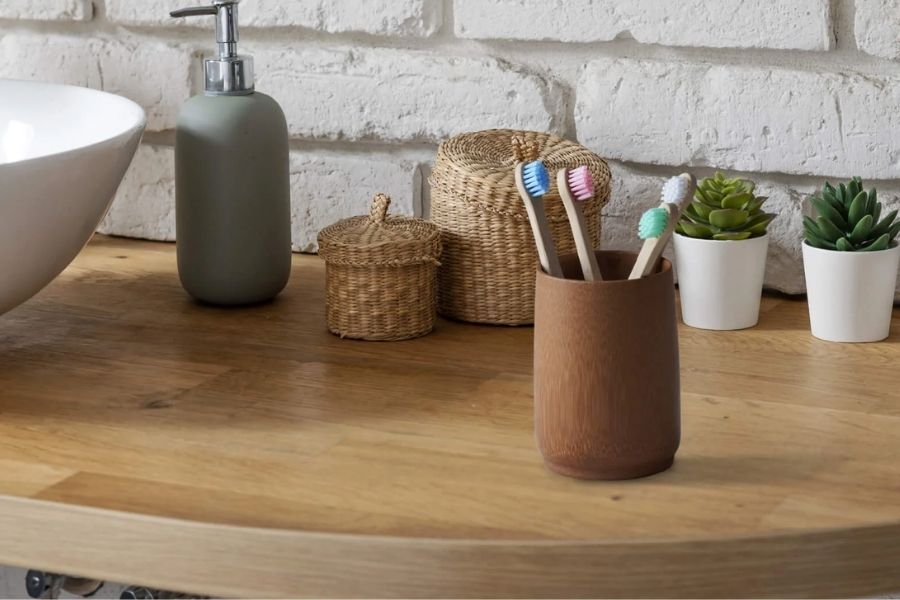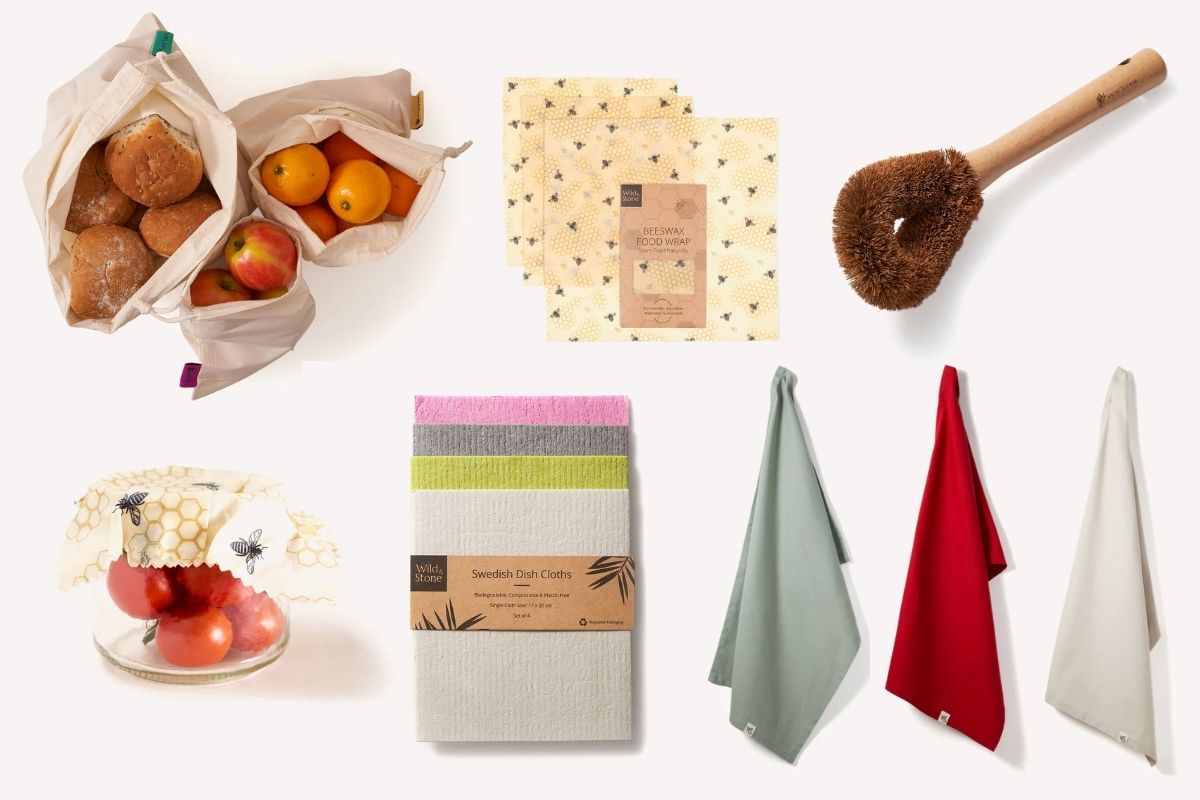Your Cart is Empty
INFO

Eco Wrapping Guide
November 18, 2021 4 min read
The festive season is rapidly approaching, and it comes with all the joys and stresses of gift giving.
Ever since wrapping paper was invented (the first recorded wrapped presents can be traced back to 2 BCE!), people around the world have used it to disguise their gift, creating a surprise for the recipient. Studies have shown that we all prefer receiving a wrapped gift rather than an unwrapped one; it seems to add more than the element of surprise; it makes it special too.
But wrapping paper has a large and negative environmental impact. You may wonder why, as wrapping paper is just paper, right? Easily recycled or biodegradable? Unfortunately, this is rarely the case. Read on to find out why we shouldn't use the usual Christmas wrapping paper and why we should choose eco-friendly wrapping paper instead.
The Environmental Problems With Wrapping Paper
Wrapping paper is usually made from virgin paper produced from trees logged in unmanaged forests. Each year approximately 50,000 trees are projected to be felled to create wrapping paper. To give some perspective, that's a forest the size of Wales being cut down to supply all the wrapping paper used in the UK. And after we've unwrapped our presents? 227,000 miles of gift wrap is thrown away each year - enough to stretch to the moon and back. It comes in a non-recyclable plastic wrap too and, after we've used plastic tape to seal it, even the recyclable paper is no longer recyclable.
Most wrapping paper sold in everyday shops is made from low-quality fibres that have been coated with plastic, coloured with petrochemical dyes and/or covered in glitter. This makes it almost impossible to recycle, and it isn't easily biodegradable either. You can check if your paper needs to go in the rubbish or the recycling bin by doing a 'scrunch test'. Crush the paper into a ball, and if it stays that way when you let it go, it's fine to recycle. If it unfurls and tries to restore itself to its original shape, it's destined for landfill, along with the other plastic wrap.
Then there's glitter covered paper; you know the sort that sheds all over the floor when you're wrapping? It's usually made from a combination of aluminium and plastic, making it a microplastic. These little, almost invisible, pieces of plastic are extremely damaging to the environment - they end up in our waterways, in bird's and fishes' stomachs and have even been found in Arctic ice. One study from 2020 showed that these microplastics can become airborne and come down in the rain. Humans are estimated to ingest about 5 grams of microplastics a week.
If regular wrapping paper is out of the question, how can you make your loved ones gifts beautiful and ethically sound? Fear not, we have some answers right here:
Eco-friendly Christmas Wrapping Tips
- Reuse what you have - The most environmentally-friendly choice when it comes to just about anything is to use what you already have. You've got a bunch of gift bags you received and sentimentally never threw away? Use those! Plastic foil wrap you bought last year? Use that before you buy anything else. Have a look around to see what you have at home that you could use for eco-friendly wrapping.
- Choose to buy from someone with eco credentials - Look for a trustworthy brand with a transparent supply chain, who are actively striving to make a low environmental impact. Make sure the paper you buy is made from recycled materials, is recyclable and coloured with vegetable inks. A good, sustainable business will always have its eco-credentials on its website, so you can be sure that what you're buying aligns with your values.
- Use brown paper, with an option to decorate it yourself - Brown paper has become very popular amongst people who choose to live environmentally friendly lifestyles. It's appealing because it is generally less expensive, and you can opt to personalise it.
- Reusable/fabric gift wrap - You may be tempted to choose cotton or other fabric, reusable gift wraps - there are a lot around as big stores pick up on a consumer desire to make less waste. However, this is a problematic area. It's estimated that about 20% of items made from cotton are produced by using slavery. You can ensure that any cotton you buy is free from this massive problem by looking for GOTS certified organic cotton. GOTS have strict social and environmental criteria for anything they certify and ensure that no slavery or child labour is used in the supply chain. They also monitor the use of pesticides. Remember, you can make your own fabric wrap using the material you have around the house; even old clothes or sheets can be cut or decorated to make attractive eco wrapping.
What plastic-free wrapping choices are you making this festive season? We’d love to see your eco-friendly wrapped gifts. Share with us at hello@wildandstone.com or tag us on Instagram #wildandstone.
Wild & Stone’s mission is to create stylish, easy to adopt and usable alternatives to common plastic products around the home. We source all our products sustainably, from raw material to final delivery. Shop our wide range today.
Also in Sustainable Living Blog

The 5 Benefits of Using a Bamboo Toothbrush
August 07, 2025 4 min read
Discover five benefits of using a bamboo toothbrush, from saving the planet and oral health to the fastest plant in the world.

The 5 Best Eco-Friendly Kitchen Products
July 30, 2025 4 min read
Discover the 5 best eco-friendly kitchen products to take care of yourself, your home & the environment.
Make your inbox a little more eco!
Sign up and save 10% on your first order of 2 items or more.
Keep an eye on your inbox for the latest eco trends, articles, deals and product releases.



